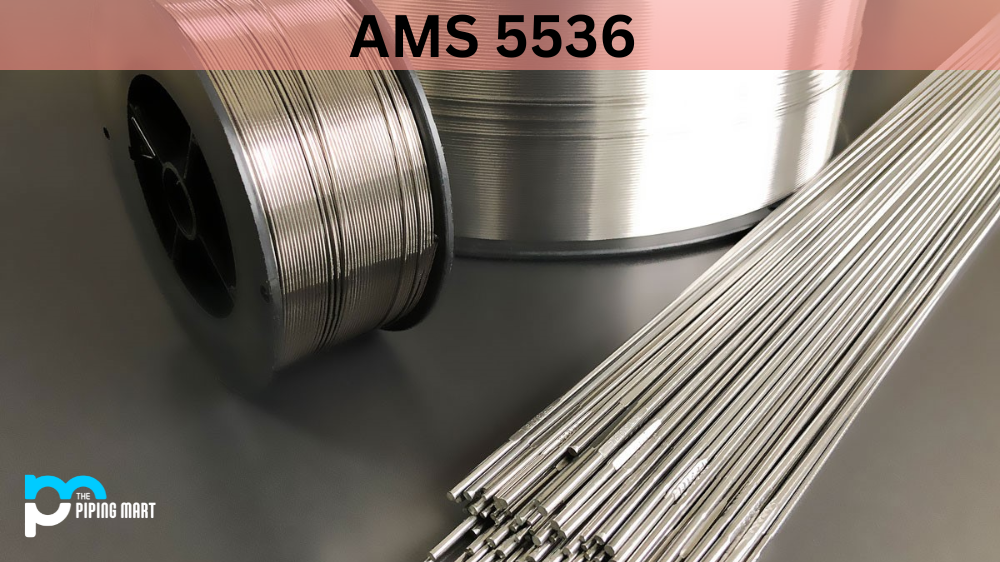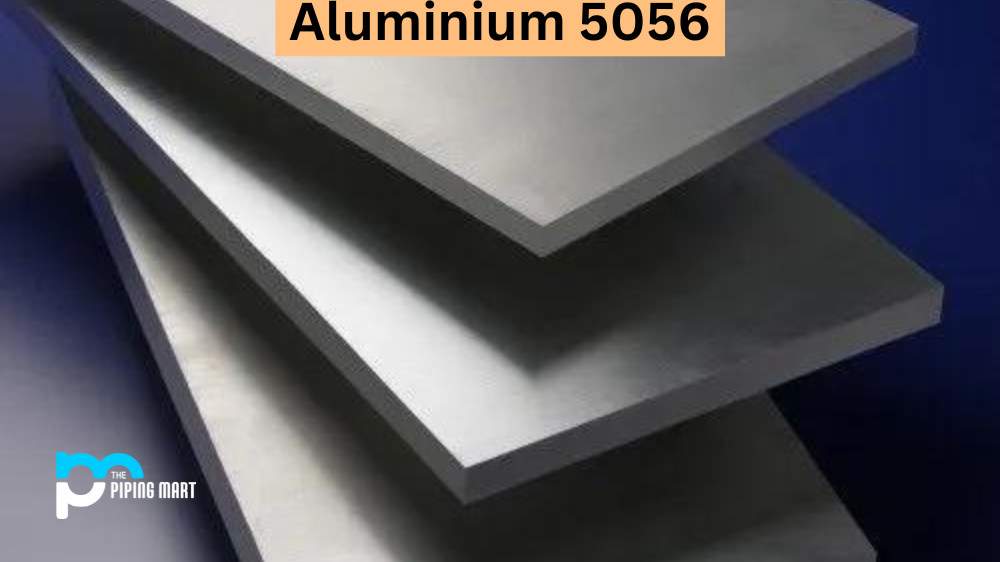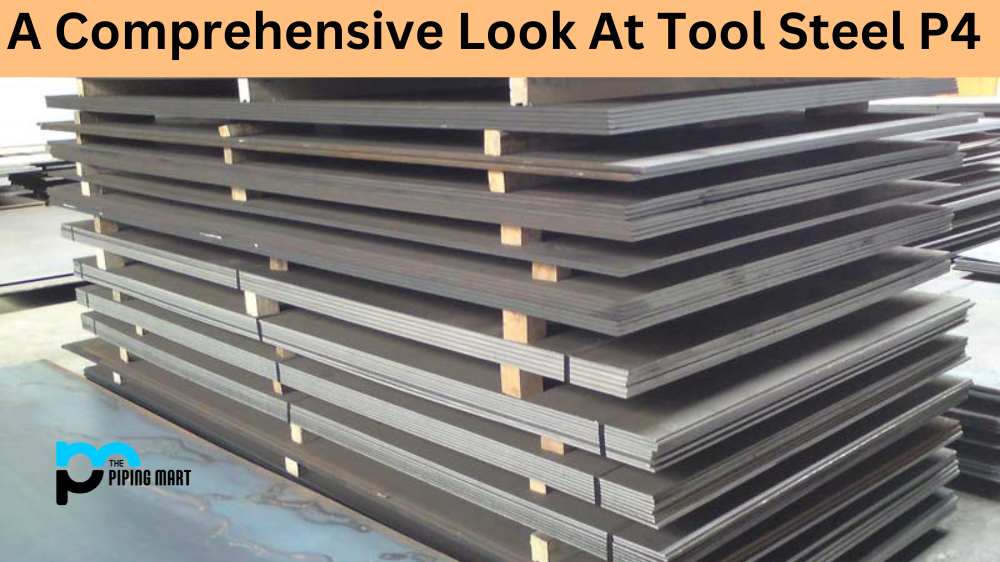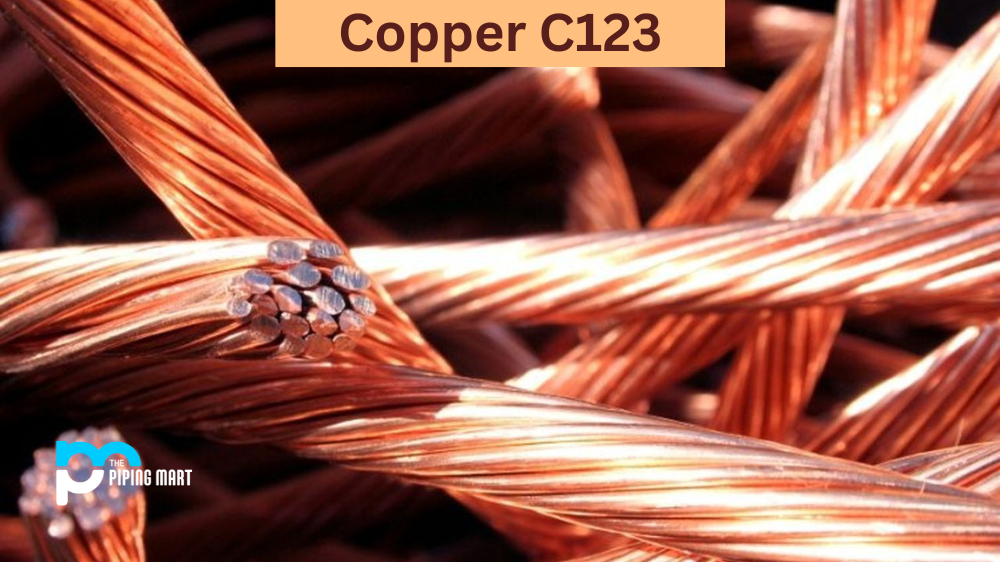AMS 5536 is a nickel-based alloy that has numerous applications in various industries. The properties of this alloy make it a popular choice for high-temperature environments where strength and durability are crucial. This blog post will discuss the composition, physical and mechanical properties, uses, hardness, and heat treatment of AMS5536 to help you better understand this material and its benefits.
What is AMS 5536?
AMS 5536 (also known as Inconel HX) is a nickel alloy with excellent strength and durability, even in extreme temperatures. But it’s not just any old nickel alloy – this one has been carefully engineered to meet specific performance standards, which makes it an ideal choice for use in the aerospace and defence industries. You might find it in turbine engine components, exhaust systems, or airframe structures.
AMS 5536 Composition
AMS 5536 is a nickel-based alloy containing nickel, chromium, tungsten, and molybdenum. The alloy has a chemical composition of approximately 12.5% to 13.5% nickel, 19% to 21% chromium, and 4% to 6% tungsten. In addition, it also contains small amounts of carbon, manganese, silicon, phosphorus, sulfur, and molybdenum. The combination of these elements gives AMS 5536 its unique properties.
| Element | Content (%) |
|---|---|
| Nickel. Ni | 47.5 |
| Chromium, Cr | 21.8 |
| Iron, Fe | 18.5 |
| Molybdenum, Mo | 9 |
| Cobalt, Co | 1.5 |
| Tungsten, W | 0.6 |
| Silicon, Si | 0.5 |
| Manganese, Mn | 0.5 |
| Carbon, C | 0.1 |
AMS 5536 Physical Properties
One of the critical properties of AMS 5536 is its resistance to high-temperature environments. This alloy has a melting point of around 2460°F (1350°C) and can withstand temperatures up to 1800°F (982°C) without losing its strength or shape. It also has excellent corrosion resistance, making it suitable for harsh and corrosive environments.
| Properties | Metric | Imperial |
|---|---|---|
| Density | 8.22 g/cm3 | 0.297 lb/in3 |
| Melting point | 1260 – 1355 °C | 2300-2471°F |
AMS 5536 Mechanical Properties
AMS 5536 has excellent mechanical properties, including high strength, toughness, and ductility. The tensile strength of this alloy is around 185 ksi (1277 MPa), and its yield strength is around 150 ksi (1034 MPa). In addition, it has a high elongation value of approximately 15%, which means that it can deform plastically without fracturing. These properties make it an ideal material for aerospace, industrial, and marine applications.
| Properties | Metric | Imperial |
|---|---|---|
| Tensile strength | 793 MPa | 115000 psi |
| Yield strength | 345 MPa | 50000 psi |
| Elastic modulus | 205 GPa | 29700 ksi |
| Shear modulus | 80 GPa | 11600 ksi |
| Elongation at break | 45.50% | 45.50% |
| Hardness, Rockwell B | 90 | 90 |
AMS 5536 Uses
AMS 5536 is used in a wide range of applications in various industries. Its high-temperature resistance and excellent mechanical properties make it suitable for jet engine parts, gas turbine components, industrial heat exchangers, and chemical processing equipment. It is also used to construct aircraft brake disks, landing gears, and other critical aerospace components.
AMS 5536 Hardness
The hardness of AMS 5536 varies depending on the heat treatment process used. Its annealed state has a Brinell hardness of around 170 to 200. However, heat treatment can increase its hardness to about 210 to 240. This increase in hardness can be achieved through a range of heat treatment processes, such as quenching and tempering or precipitation hardening.
AMS 5536 Heat Treatment
AMS 5536 can be heat-treated to improve its mechanical properties and increase its hardness. Quenching and tempering, for instance, involves heating the alloy to around 1975°F (1080°C), holding it at that temperature for a specific period, and then rapidly cooling it. This process can improve the alloy’s strength and toughness. On the other hand, precipitation hardening involves subjecting the alloy to a series of heat treatments, cooling, and ageing processes. This process can improve the alloy’s hardness and strength.
Conclusion
AMS 5536 material is a versatile nickel-based alloy with numerous applications in various industries. Its unique combination of properties, such as high-temperature resistance, excellent corrosion resistance, and excellent mechanical properties, make it a popular choice for use in harsh environments. It is widely used in the aerospace, industrial, and marine industries for jet engine parts, gas turbine components, heat exchangers, and chemical processing equipment. By understanding the composition, physical and mechanical properties, uses, hardness, and heat treatment of AMS 5536, you can make informed decisions about its suitability for your application.

Abhishek is a seasoned blogger and industry expert, sharing his insights and knowledge on various topics. With his research, Abhishek offers valuable insights and tips for professionals and enthusiasts. Follow him for expert advice on the latest trends and developments in the metal industry.




